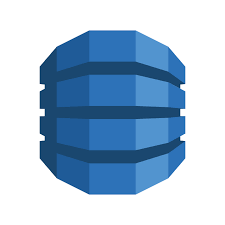 +
+

To integrate Amazon DynamoDB with MetricFire, please sign up for a free 14 day trial. We want to fully understand your requirements and monitoring goals, so we can advise you on how to obtain better visibility into your infrastructure. Please book a demo with us so we can show you how quick and easy it is to get meaningful data into your MetricFire account, and use that data to build custom dashboards and alerts.
MetricFire has an easy to use integration that pulls metrics from the Cloudwatch API, and forwards them to a Hosted Graphite account. You can configure this integration in a few simple steps:
If you have any issues with configuring this integration, or need to integrate with a service that is not currently listed, please contact our team. We will be happy to help you out, and develop new AWS integrations for you!
MetricFire is a full-scale platform that provides infrastructure, system, and application monitoring using a suite of open-source tools. We will aggregate and store your data as time series metrics, which can be used to build custom dashboards and alerts. MetricFire takes away the burden of self-hosting your own monitoring solution, allowing you more time and freedom to work on your most important tasks.
MetricFire offers a complete ecosystem of end-to-end infrastructure monitoring, comprised of open-source Graphite and Grafana. MetricFire handles the aggregation, storage, and backups of your data, and offers alerting, team features, and API's for easy management of your monitoring environment. You can send server metrics using one of our agents, custom metrics from within your application code, and integration metrics from a variety of popular 3rd party services that we integrate with like Heroku, AWS, Azure, GCP, and many more!
Our Hosted Graphite product has improved upon standard Graphite to add data dimensionality, optimized storage, and offers additional tools and features that provide customers with a robust and well-rounded monitoring solution.
By combining logs and metrics in MetricFire's Hosted Grafana, you can troubleshoot faster, spot... Continue Reading
ELKスタックを使用せず、最小限の労力で、軽量でオープンソースのセットアップを使用して、生のログを使用可能なメトリクスに変換する方法を紹介します。Loki、Python、Telegrafを使用して、ログをGraphiteメトリクスに変換し、簡単に監視やアラートを出すことができます。システム管理者、DevOps初心者、またはゼロからより革新的なモニタリングパイプラインを構築することに興味がある方に最適です。 Continue Reading